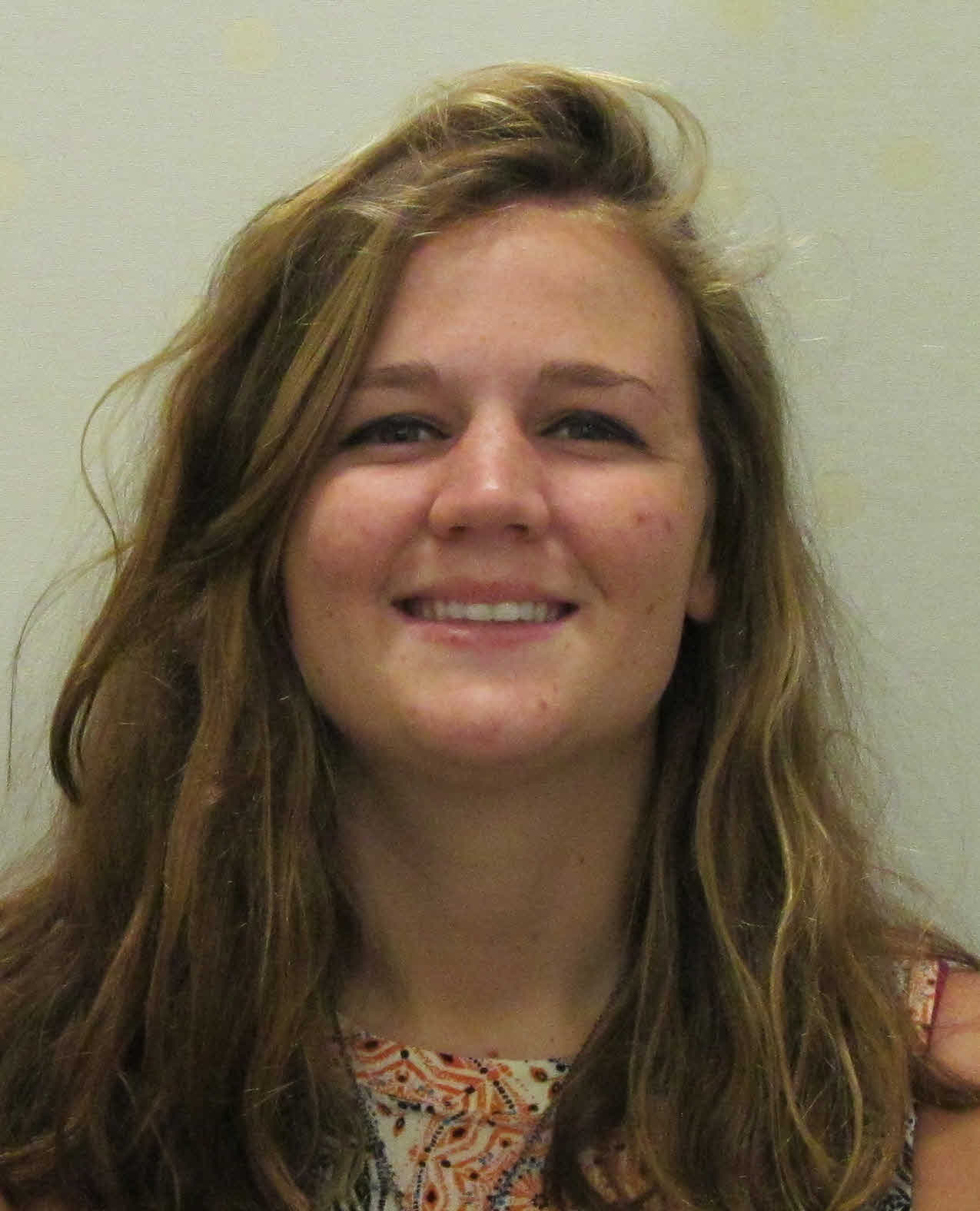Below is a summary of the abstract you submitted. Presenting author(s) is shown in bold.
If any changes need to be made, you can modify the abstract or change the authors.
You can also download a .docx version of this abstract.
If there are any problems, please email Dan at dar78@pitt.edu and he'll take care of them!
This abstract was last modified on May 5, 2017 at 1:34 p.m..

Bacteriophages are the most abundant, yet least studied, entities on earth and contain a wealth of untapped genetic information for advancing biotechnology. Over 1500 full-genome phage sequences are entered in GenBank, yet only 2 corynebacteriophages had been sequenced as of August 2016. To expand the number of full-genome sequences for phages infecting the host Corynebacterium vitaeruminis, we isolated and characterized 12 novel corynebacteriophages from sewage influent samples. Full-genome sequencing and subsequent bioinformatics analysis of 4 phages (Darwin, PeteyPab, PotatoChip, Zion) revealed significant sequence similarity among the viruses in the EN cluster. Basic characterization experiments revealed these phages shared similar plaque and particle morphology and all were capable of calcium-independent host infection. Host-range experiments showed that 5/12 phages were capable of producing plaques on the host C. pseudodiptheriticum albeit at various degrees of infectivity despite sharing sequence similarity. Here we present data describing the 12 newly-isolated novel corynebacteriophages and discuss differences in putative gene products that may be responsible for differential host infection.


